The Ultimate Guide to 2-Wheel Heavy Duty Manual Dollies with Brakes
$1,499.00
- Shipping & Pick Up Options Available
- Customize To Your Needs*
- Order With Just a 25% Down Payment
- Does NOT Include Misting System
Description
Introduction to 2-Wheel Heavy Duty Manual Dollies
2-wheel heavy duty manual dollies are a pivotal tool in various industries and households, primarily used for the transportation of significant loads with ease and efficiency. Engineered to handle hefty weights, these dollies are indispensable when it comes to moving appliances, furniture, and other substantial items. Their design facilitates the shifting of heavy objects that would otherwise be cumbersome and labor-intensive to move.
A dolly is classified as ‘heavy duty’ based on its capacity to carry large weights, typically ranging from a few hundred to several thousand pounds. This attribute is largely influenced by the construction materials used. Heavy duty dollies are typically manufactured from robust materials such as steel or industrial-grade aluminum, ensuring they can withstand the rigors of frequent use without compromising structural integrity. Additionally, many of these dollies are equipped with ergonomic handles and puncture-proof tires, further reinforcing their utility and durability.
The versatility of 2-wheel heavy duty manual dollies extends across various applications. In residential contexts, they are invaluable for moving large furniture items like sofas, refrigerators, and washers. In commercial and industrial settings, these dollies are crucial for transporting bulky goods, machinery, and heavy inventory, facilitating logistics and operational efficiency. By reducing the physical strain on workers, 2-wheel dollies play a significant role in enhancing workplace safety and productivity.
In essence, the design and construction of 2-wheel heavy duty manual dollies are purposefully tailored to accommodate and transport heavy loads. Their robust build ensures long-term durability, while their functional design promotes ease of use across a multitude of scenarios. Whether in a home or business environment, these dollies prove to be an invaluable asset, providing a reliable solution for moving heavy objects with minimal effort.
Importance of Brakes in Manual Dollies
Brakes are a critical component in the design and functionality of 2-wheel heavy-duty manual dollies. These brakes provide vital safety benefits and enhanced operational control, making them indispensable for handling heavy loads, particularly in demanding work environments. This section will discuss the various types of braking systems available for manual dollies, and outline the crucial safety advantages provided by these mechanisms.
Manual dollies with brakes typically come equipped with either hand-operated or foot-operated braking systems. Hand-operated brakes are engaged by a lever mechanism, allowing for easy control and quick response times. This type of brake is particularly effective in scenarios that require frequent stopping and precise maneuvering. On the other hand, foot-operated brakes are activated by pedals and are designed to provide robust and reliable stopping power with minimal effort. Both types of brakes are engineered to significantly enhance the user’s control over the dolly, ensuring safer and more efficient operations.
The presence of brakes on manual dollies offers significant safety benefits. When dealing with inclined surfaces or uneven terrains, the ability to control the dolly’s motion becomes paramount. Brakes help prevent the dolly from rolling uncontrollably, thereby reducing the risk of accidents and injuries. Additionally, brakes facilitate safer handling of heavy loads, allowing operators to manage and stabilize the dolly with greater confidence. This is particularly important in industrial settings, where the accurate placement and movement of materials are critical to workflow efficiency and safety.
Real-life scenarios underscore the importance of brakes on manual dollies. For instance, imagine transporting a heavy piece of machinery down a sloped path. Without a reliable braking system, the dolly could gain unwanted momentum, leading to potential collisions or damage. However, with an effective brake mechanism in place, the operator can gradually and safely guide the load to its destination, minimizing risks and ensuring a smooth operation.
Choosing the right 2-wheel heavy duty manual dolly with brakes is essential for ensuring efficiency and safety when transporting heavy loads. Various factors must be taken into account to find a dolly that meets your specific needs. One of the primary considerations is the load capacity. It’s crucial to select a dolly that can comfortably support the weight of the items you’ll be moving. Overloading a dolly can lead to mechanical failure and potential injury.
Next, the handle design should be evaluated for ergonomic comfort and maneuverability. A well-designed handle can reduce strain on the user, making it easier to control the dolly, especially under heavy load conditions. Handle designs can vary from simple straight bars to more complex designs featuring non-slip grips and adjustable heights.
The type of wheels also plays a significant role. Heavy duty dollies typically come with either pneumatic or solid rubber wheels. Pneumatic wheels are ideal for rough terrains, offering better shock absorption; however, they require regular maintenance. On the other hand, solid rubber wheels are maintenance-free but may not provide the same level of comfort on uneven surfaces.
Ease of brake operation is another critical feature to consider. An effective braking system ensures the dolly can be safely secured in place, preventing unintended movement. Look for dollies with user-friendly brake controls that can be easily engaged and released without requiring excessive force.
When comparing different brands and models, examine user reviews and expert recommendations to gain insights into their performance and durability. Brands like Wesco, Magliner, and Milwaukee offer a range of options with varying load capacities, wheel types, and handle designs. Each has its strengths and potential drawbacks, which can be discerned from customer feedback and expert analyses.
In conclusion, selecting the best 2-wheel heavy duty manual dolly with brakes involves careful consideration of load capacity, handle design, wheel type, and brake operation. By evaluating these factors and consulting user and expert reviews, you can make an informed decision, ensuring that the dolly you choose is both effective and reliable for your heavy-duty transport needs.
Maintenance and Safety Tips for Heavy Duty Dollies
Maintaining the optimal performance of your 2-wheel heavy duty manual dolly necessitates a methodical approach toward maintenance and safety protocols. This includes regular inspection, cleaning and lubrication, and ensuring the braking system’s functionality. Proper maintenance ensures longevity and reliable performance, while diligent safety practices minimize the risk of accidents and injuries.
To begin with, regular inspections are fundamental. Before each use, carefully examine the dollies for any signs of wear, damage, or loosened components. This includes checking for dents, cracks, or rust in the frame, and ensuring that wheels are in good condition and properly secured. Additionally, verify that the braking system is functioning correctly, as faulty brakes can lead to hazardous situations.
Cleaning and lubrication form the cornerstone of preventive maintenance for 2-wheel heavy duty dollies. Routinely cleaning the dolly helps remove any debris, dirt, or grime that could impair its operation. Pay special attention to wheels and axles, as accumulated dirt can result in degraded performance. Lubricate moving parts, including axles and joints, with appropriate industrial lubricants to reduce friction and wear.
The braking system is a critical safety component. Regularly test the brakes to ensure they engage and disengage smoothly. If you notice any inconsistency or failure, it’s essential to address the issue immediately, either by tightening, adjusting, or replacing worn-out parts. Keeping a set of spare brake pads and related components can be highly beneficial for swift repairs.
Adherence to safe operational practices is equally imperative. Proper lifting techniques, such as bending at the knees and keeping the back straight, mitigate strain and injury. Additionally, loads should be securely fastened to the dolly to prevent shifting during transit. Utilizing appropriate personal protective equipment (PPE), like gloves and safety shoes, further enhances safety by providing added grip and protection.
Lastly, troubleshoot common issues promptly to avoid operational downtime. If wheels become misaligned, realign or replace them. Should there be unusual noises or resistance during movement, inspect for potential obstructions or mechanical failures. Proactive troubleshooting aids in maintaining the dolly’s efficiency and safety. Heavy Duty Manual Dolly
By integrating these maintenance and safety practices, users can ensure that 2-wheel heavy duty manual dollies operate efficiently, safely, and with a prolonged lifespan, thereby optimizing their utility and reliability in various heavy-duty applications. Heavy Duty Manual Dolly



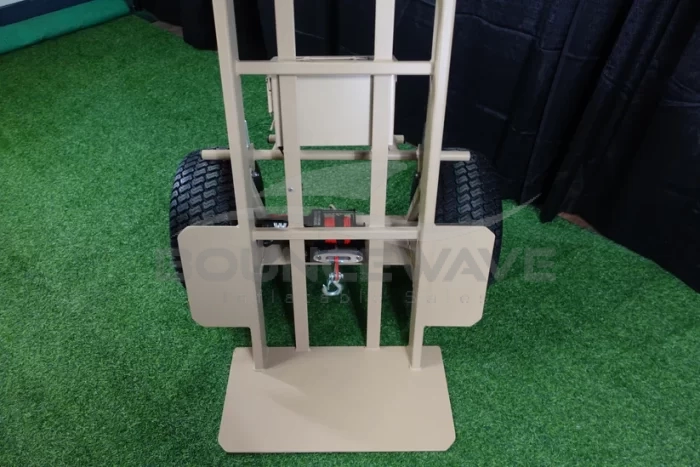



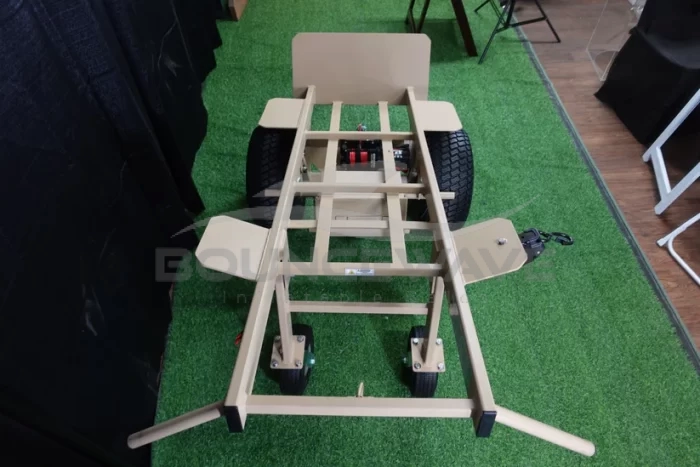

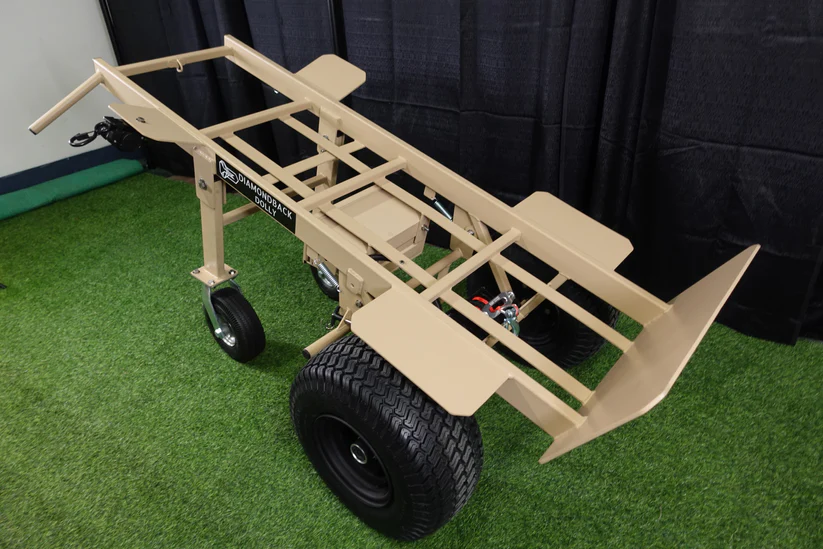

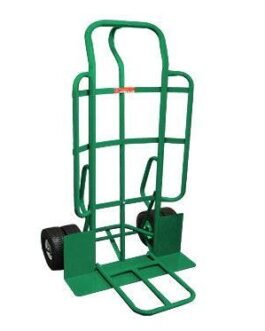
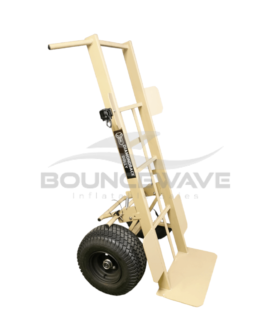
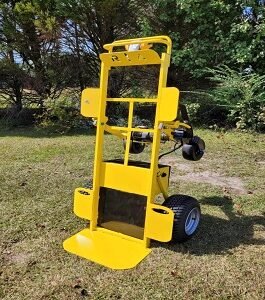
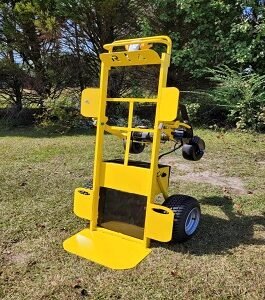
Reviews
There are no reviews yet.